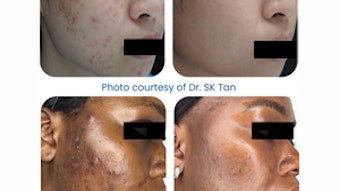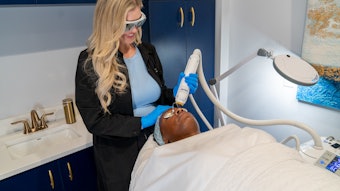
Vein treatments and their accessibility to patients with this common disease are often misunderstood and thought to be expensive and considered to be cosmetic procedures not covered by insurance. Seeking treatment for varicose and spider veins without the knowledge of the actual costs of these treatments can make it a daunting problem for patients. The experts at Metro Vein Centers aim to educate patients about the cost accessibility of vein treatments with insurance coverage. What’s more important is the need to educate patients about the affordability of treatments to help address vein conditions that can significantly impact quality of life if not treated, not to mention the aesthetic impact of varicose and spider veins that can affect the mental health and confidence of these patients.
Clarifications of Key Costs for Vein Treatments:
- Insurance Coverage: Vein treatments are often covered by most health insurance plans.
- Cost Accessibility: Up to 97% of vein treatments are covered by insurance, making the actual cost to patients significantly less, if anything at all.
- Insurance Plans Accepted: Many insurance plans are generally accepted for vein treatments. Practices like Metro Vein Centers accept over 200 insurance plans.
- Varicose Vein Recognition: Insurance plans often cover varicose vein treatments due to the recognized medical benefits and impact on overall health and quality of life.
Considering the ability to use health insurance for vein treatments, the actual cost patients have to contribute for these treatments is often much less than anticipated, if anything at all.
“We want our patients to feel informed going into their appointments, treatments, and even aftercare. That includes pricing and insurance,” says Metro Vein Centers' Chief Medical Officer, Dr. Philip LoPresti, “We don’t want anyone going into this feeling blindsided, as we hear so often from patients who have had negative medical experiences in the past at other vein clinics.”
Educating patients about the costs of vein treatments and any factors that may affect insurance coverage is vital to helping patients understand the accessibility of treatment in general and for them individually. It also helps ensure they are not surprised by the final cost for them to receive treatment, building trust in their practitioners and confidence in seeking treatment. Factors that can affect the final cost of vein treatments include meeting yearly deductibles and varying copays depending on their insurance provider, which can change the final cost of the same treatment received by different patients. Specific state regulations can also play a role in differences in insurance coverage.
Procedures generally cost around $1500 before insurance coverage, with the patient’s final cost depending on insurance plans and the factors mentioned above. Some patients end up having to pay the full cost, while others may pay nothing after insurance, but on average patients’ final cost is somewhere around $200 per treatment. Either way, educating patients on the accessibility of vein treatments and the possibility of receiving treatment for far less than most patients realize to address this common condition that can negatively affect a patient's confidence and quality of life is necessary to providing optimal patient care.











